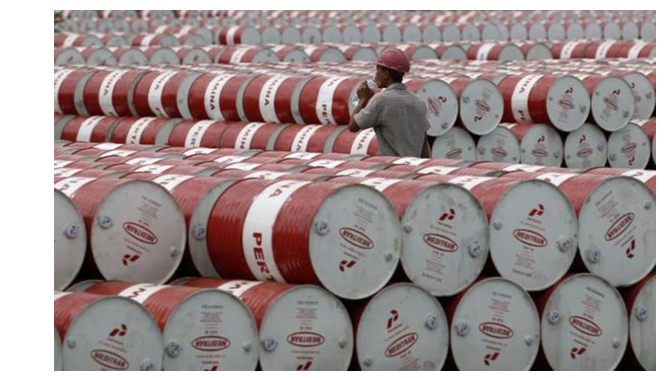INP-WealthPk
Amir Khan

Pakistan’s trade imbalance with Middle Eastern countries lessened in the outgoing financial year 2023-24 mainly because of a decline in the import of petroleum products as their consumption decreased during the period driven by rising prices. A recently signed free trade agreement with the Gulf Cooperation Council (GCC) states has helped minimise Pakistan's trade imbalance with the region, leading to a surge in demand for Pakistani products from countries such as the UAE, Saudi Arabia, and Kuwait. Pakistan’s trade deficit with the Middle East narrowed by 24.43% to $11.81 billion in the first 11 months of the fiscal (11MFY24), down from $15.63 billion in the same period last year. Pakistan’s exports to the Middle East rose 45.87% to $2.881 billion between July and May 2023-24, compared to $1.975 billion in the corresponding period last year. Meanwhile, imports dipped 16.54% to $14.691 billion in 11MFY24, down from $17.604 billion in the same period last year, according to data from the State Bank of Pakistan.
Significant changes have been observed in trade with key Middle Eastern countries during 11MFY2. Saudi Arabia emerged as a crucial trade partner, with exports from Pakistan rising significantly by 44.52% to $661.27 million, up from $457.55 million in the same period of the previous fiscal year (11MFY23). Conversely, imports from Saudi Arabia saw a slight decrease of 2.22%, dropping to $4.096 billion from $4.189 billion. In the United Arab Emirates (UAE), there was a notable surge in exports, which increased by 40.19% to $1.880 billion. Moreover, exports to Dubai saw a substantial rise of 27.87%, reaching $1.546 billion. Meanwhile, imports from the UAE experienced a considerable decline of 18.25%, falling to $5.686 billion. Trade with Kuwait also showed a positive trend in exports, which rose by 4.12% to $122.15 million.
However, imports from Kuwait sharply declined by 33.65%, reducing to $1.656 billion. In Qatar, exports grew marginally by 0.01% to $152.99 million, while imports decreased significantly by 15.51%, amounting to $3.044 billion. Furthermore, Bahrain followed a similar pattern with an increase in exports by 9.07%, reaching $64.64 million. Imports from Bahrain dropped markedly by 41.84% to $209.83 million. These changes indicate a dynamic shift in trade patterns, with an overall increase in exports to these Middle Eastern countries, while imports have generally seen a decline, reflecting a rebalancing in trade dynamics. Pakistan’s top export products to the UAE include rice, bovine carcasses, men’s and boys’ cotton ensembles, guavas, and mangoes.
Credit: INP-WealthPk










